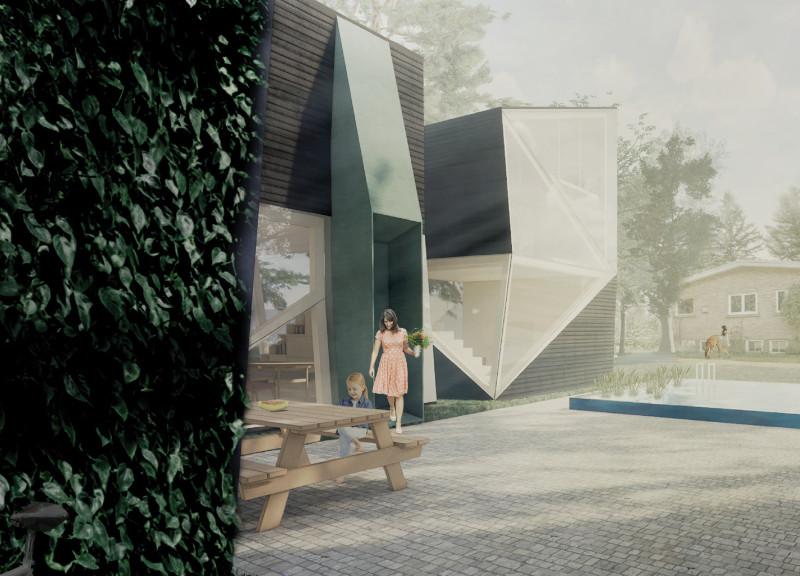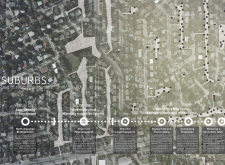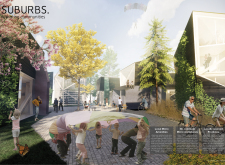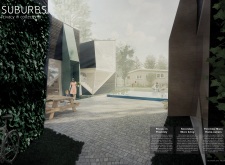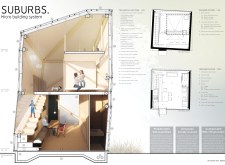5 key facts about this project
At the heart of the project is a comprehensive understanding of its intended function. The architectural concept focuses on creating spaces that encourage collaboration and social connectivity among users while simultaneously accommodating private areas for reflection and relaxation. This duality is carefully navigated through the arrangement of spaces, circulation paths, and the use of various architectural elements. The project reflects a well-considered design process that prioritizes the needs of its users and the surrounding environment.
Materiality plays a crucial role in the architectural expression of this project. A diverse palette of materials is employed, including concrete, glass, steel, and timber, each selected not only for its functional properties but also for its aesthetic contribution to the overall design narrative. The careful detailing of these materials enhances durability, sustainability, and maintainability, allowing the building to perform efficiently over time while also providing a visually pleasing atmosphere. The interplay between the solidity of concrete and the transparency of glass creates dynamic spaces that shift in perception throughout the day, responding to changes in natural light and enhancing the user's experience.
The design incorporates a number of unique elements that distinguish it from typical architectural practices. One notable aspect is the incorporation of green roofs and vertical gardens, which serve the dual purpose of offering insulation and reducing urban heat while promoting biodiversity. This thoughtful engagement with nature reflects an important aspect of the project’s ethos, highlighting the architectural responsibility to contribute positively to the environment. The strategic positioning of windows and open spaces optimizes views and natural ventilation, creating an environment that is conducive to well-being and productivity.
Another distinctive feature of the project is its flexible spatial configurations, designed to adapt to a variety of uses and activities throughout the day. This adaptability is particularly relevant in urban settings where the demands on space can fluctuate. The layout encourages multifunctionality, allowing areas to be reconfigured for different community events, workshops, or gatherings. This versatile approach not only maximizes the utility of the space but also promotes a sense of ownership and involvement from the community.
Additionally, thoughtful consideration has been given to the project’s integration with its surroundings. The architecture serves as a landmark within its locality, reflecting cultural narratives and histories while looking towards the future. The design engages with pedestrian pathways and surrounding landscapes, enhancing the overall experience of the space. The exterior form is characterized by a combination of angular and organic shapes, invoking a sense of dynamism that leads users through the site and into the building.
Throughout this project, the principles of sustainability, community engagement, and aesthetic integrity are held in careful balance, showcasing a forward-thinking approach to modern architecture. The result is a building that not only serves its intended functions but also enriches the lives of its users and the larger community.
For more detailed insights into the architectural plans, architectural sections, and architectural designs involved in this project, readers are encouraged to explore the presentation. Engaging with these elements will provide a deeper understanding of the innovative ideas that have shaped the design and ultimately define the project's contribution to contemporary architecture.


